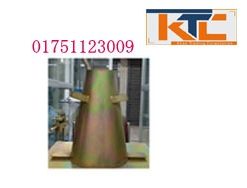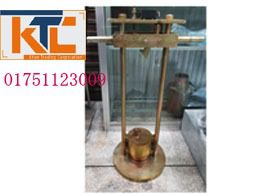Constant Head Permeameters
Constant Head Permeameters:
Constant Head Permeameters is a laboratory device used to measure the permeability (or hydraulic conductivity)1 of granular soils like sand and gravel.2 This property indicates the ease with which water can flow through the soil.3 The “constant head” refers to the fact that the difference in water pressure across the soil sample is kept at a fixed value throughout the test.4
How It Works is Constant Head Permeameters:
The test is based on Darcy’s Law, a principle that relates the flow rate of a fluid through a porous medium to the pressure gradient.5 Here’s a step-by-step breakdown of the process:
- Sample Preparation of constant head permeameter : A soil sample is carefully placed and compacted into a cylindrical container called a permeameter cell.6 The length (7L) and cross-sectional area (8A) of the sample are measured.9
- Saturation: The sample is fully saturated with water to remove any trapped air, typically by allowing water to flow slowly upward through it.10
- Maintaining a Constant Head: The permeameter is connected to a water supply that maintains a constant water level at the top of the sample.11 An outlet at the bottom is set at a lower, fixed height, creating a constant hydraulic head difference (h).
- Measuring Flow: Once a steady flow is established, the volume of water (12Q) that passes through the sample over a measured time period (13t) is collected and recorded.14
- Calculating Permeability: The coefficient of permeability (k) is then calculated using the following formula derived from Darcy’s Law:
k=QL/Aht
The constant head permeameter this formula allows engineers and scientists to determine how quickly water will move through a particular type of soil, which is critical for applications like designing drainage systems or analyzing seepage through dams.
Constant Head Permeameter Test demonstrates the practical application of the concepts discussed.
Be the first to review “Constant Head Permeameters”
You must be logged in to post a review.












Reviews
There are no reviews yet.